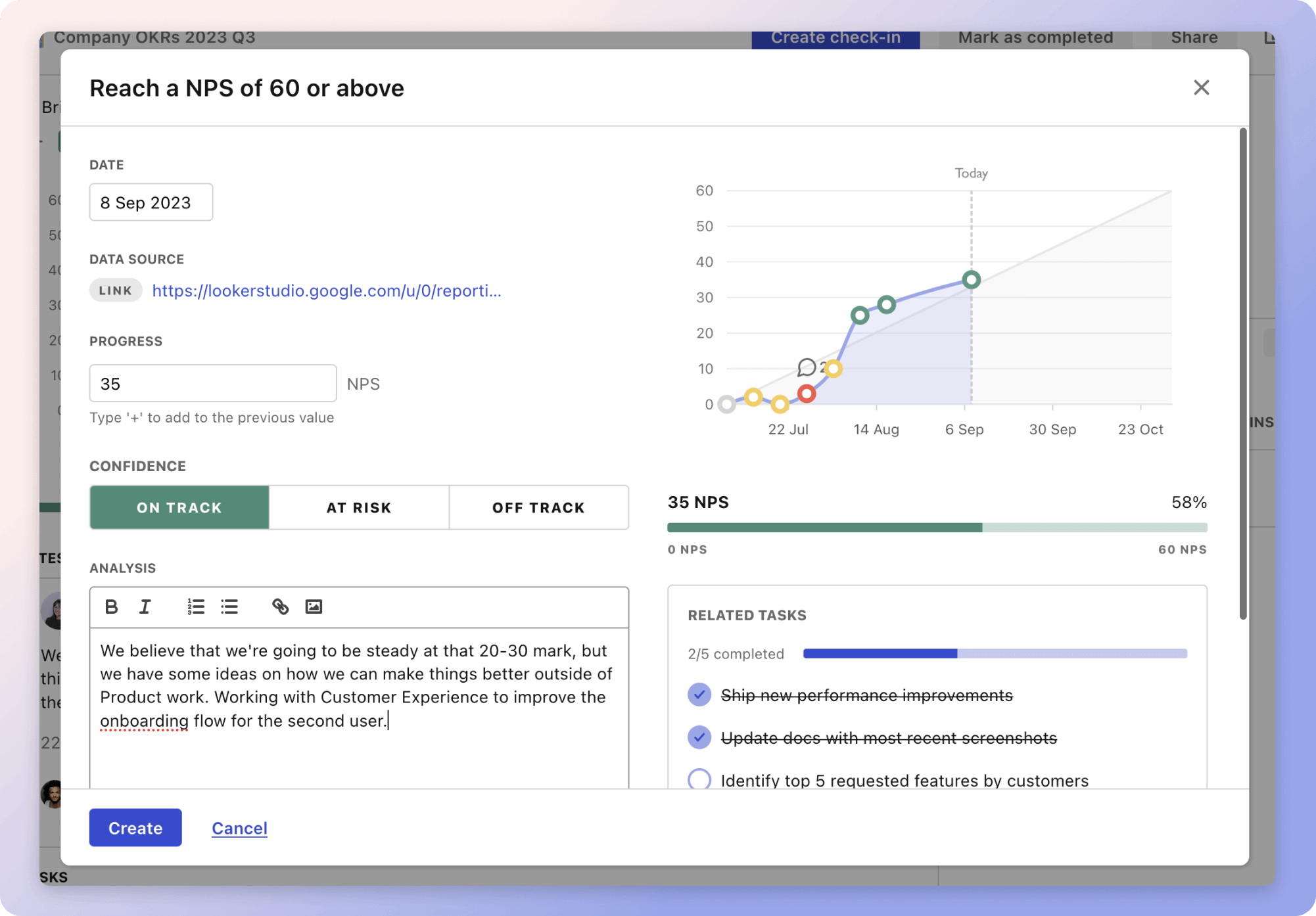The strategy titled "Optimising SEO Workflow Management" aims to streamline and enhance the efficiency of an SEO team. By implementing task automation, the team can alleviate the burden of repetitive tasks, enabling them to manage multiple clients with improved productivity. For instance, team members are trained to use automation tools, and processes are documented, ensuring consistency and facilitating continuous improvement.
Enhancing team collaboration is another focal point, with actions like scheduling weekly meetings, using a project management tool, and assigning tasks based on individual strengths. This approach fosters communication, feedback, and skill development, building a cohesive team dynamic.
Effective workload prioritization is crucial, achieved by categorizing tasks by urgency, using a priority matrix, and conducting quarterly workload reviews. By planning and monitoring stress levels, the team can prevent overload and refine priorities, ensuring optimal client satisfaction and team performance.
The strategies
⛳️ Strategy 1: Implement Task Automation
- Identify repetitive tasks that can be automated using SEO tools
- Select and integrate appropriate automation tools to handle these tasks
- Train team members on the use of automation tools
- Set up reminders and notifications for automated tasks
- Regularly update automation tools for improved efficiency
- Monitor the performance of automated tasks on a regular basis
- Document all automated processes for future reference
- Establish a fail-safe plan in case of automation issues
- Continuously evaluate areas for further automation
- Assess time saved through automation and reallocate resources as needed
⛳️ Strategy 2: Enhance Team Collaboration
- Schedule weekly team meetings to discuss ongoing projects and issues
- Use a project management tool to track team tasks and deadlines
- Assign specific tasks to individual team members based on strengths
- Implement a shared document system for real-time collaboration
- Encourage open communication through chat platforms
- Designate a point person for each client to manage clarity and focus
- Set clear expectations for response times among team members
- Promote a culture of constructive feedback for continuous improvement
- Organise monthly training sessions for skill development
- Foster team bonding activities to build a strong team dynamic
⛳️ Strategy 3: Prioritise Workload Effectively
- Categorise tasks based on urgency and importance
- Use a priority matrix to allocate resources and time efficiently
- Conduct quarterly reviews of workload distribution and adjust accordingly
- Develop a rota system for handling high-pressure periods
- Create standard operating procedures for common tasks
- Encourage team members to flag potential overload early
- Integrate client feedback to refine workload priorities
- Schedule periodic check-ins to monitor team stress levels
- Utilise data analytics to forecast workload trends
- Plan for contingency resources during peak workload times
Bringing accountability to your strategy
It's one thing to have a plan, it's another to stick to it. We hope that the examples above will help you get started with your own strategy, but we also know that it's easy to get lost in the day-to-day effort.
That's why we built Tability: to help you track your progress, keep your team aligned, and make sure you're always moving in the right direction.

Give it a try and see how it can help you bring accountability to your strategy.
